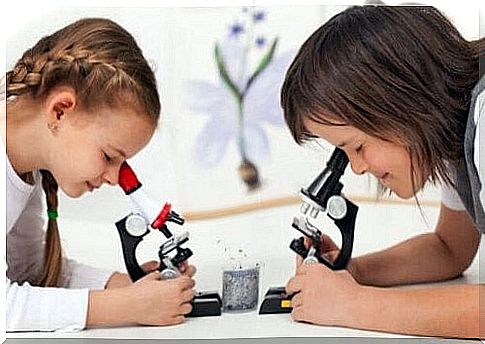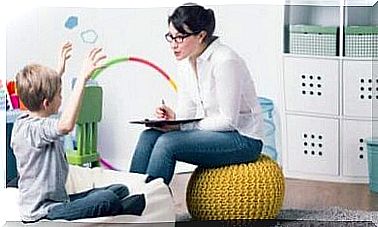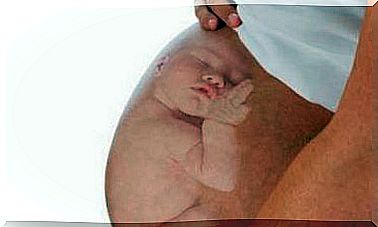4 Science Experiments For Kids

Science is something kids can really love if it’s introduced in the right way. For example, scientific experiments give them the opportunity to understand the world around them. In addition, it can be fun to see what their findings are.
That’s why we want to recommend a few science experiments that children can learn with in an easy way.
Let’s do some science experiments!
Scientific experiments with eggs
First we have the experiment where an egg becomes as hard as rock. With this experiment you see, with just the use of vinegar, how an egg becomes unbreakable. You need:
- An egg
- A glass jar with a lid
- white vinegar
Put the egg in a pot, fill it 2/3 full with vinegar and put the lid on. Let it sit for 48 hours and then remove the egg. It will have an orange tint and you will see that the egg has become unbreakable.
Why? This happens because the eggshell is made up of calcium carbonate. Because this dissolves in vinegar, a hard, solid layer remains.

As you can see, you can do different experiments with eggs. There is also an experiment where you can walk on eggs. Ask your kids what would happen if they walked on a layer of eggs. Most likely they will think the eggs are going to break, but you are going to show them that they don’t.
Let’s start!
- You have to put the eggs in a box so that they are all in the same position. Before you start, check that there are no eggs that have already cracked.
- Then help your child to walk on the eggs. Make sure your child’s weight is evenly distributed – this is the most important step.
- Release him when he’s safely over the eggs.
The eggs don’t break because the shape is very similar to that of a 3D arch, one of the architectural shapes that can withstand when weight is evenly distributed.
A battery of lemon
You can perform this science experiment with just a lemon, a screw, and a copper coin. Make two cuts in the lemon. Then put the screw in one of the cuts and the coin in the other.
If you have a multimeter you can measure how much electrical current is generated. You can then use multiple lemons to power up an electronic device.
This is caused by the screw transferring electrons to the copper coin, generating a small electrical current.
A homemade thermometer
To make your own atmospheric thermometer, you will need some materials that you probably already have at home:
- An empty 50 ml bottle
- A transparent straw
- Clay
- Water (to fill the bottle)
- Scissors
- A bowl of warm water
- Pigment
- Alcohol and ice to calibrate
Steps:
- Make a hole in the cap of the bottle with the scissors and put the straw in it.
- Cover with clay so that it is well covered and does not leak.
- Fill the bottle halfway with water.
- Add a few drops of food coloring so that it rises more clearly when the water enters the straw.
- Close the bottle and make sure the straw touches the water.
- Then heat the bowl with water and put the bottle in it. This ensures that the molecules move quickly and the water enters the straw.
- Watch the hot water go through the straw!

Depending on the age of your children, you can increase the complexity of the thermometer. Add alcohol to do this.
- You also have to indicate where the 90°C is, so you have to boil the water and immerse the bottle in it for 5 minutes.
- Mark how high the water gets when it is 90 °C.
- Then place the bottle in a bowl of water and ice for 5 minutes to mark how high the water is when it is 0°C. Now you have marked where 0 °C and 90 °C are and you can calculate the intermediate temperatures.
In short, these science experiments spark children’s interest and prompt them to ask questions. In addition, it makes them forget their electronic devices for a while.









